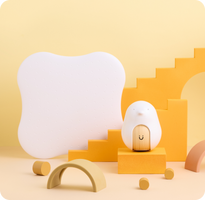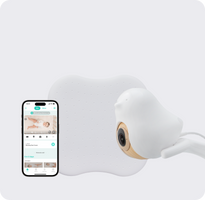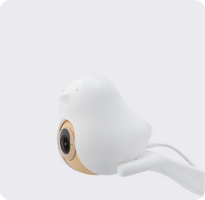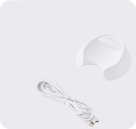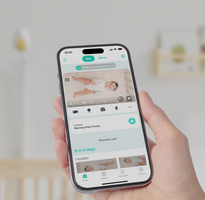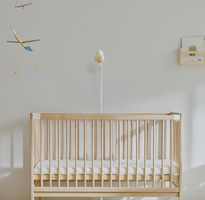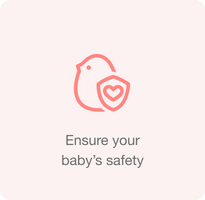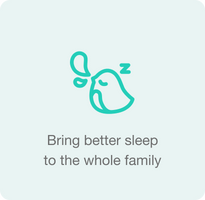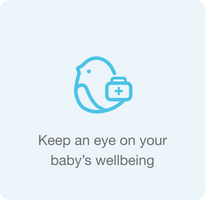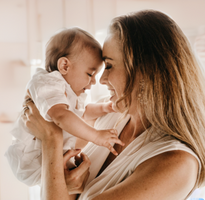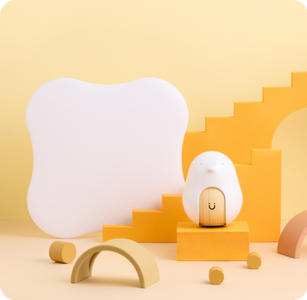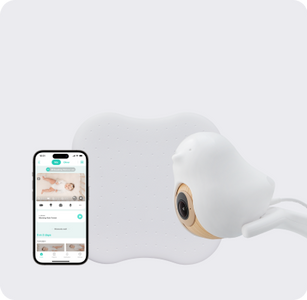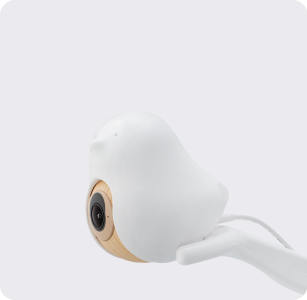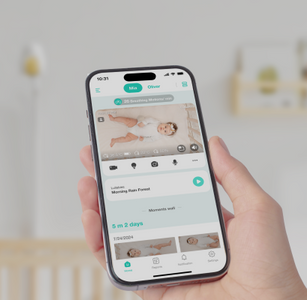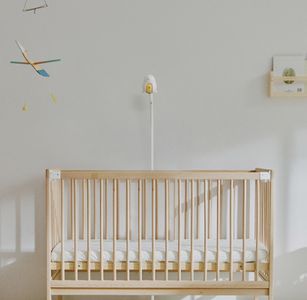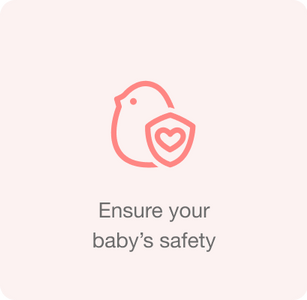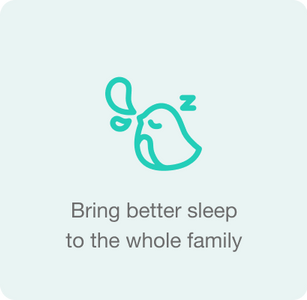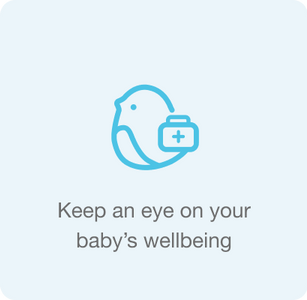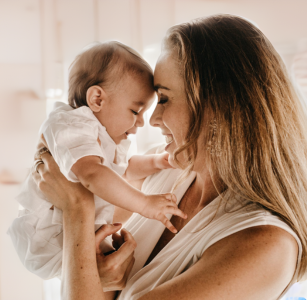Newborn babies spend up to 17 hours sleeping each day and it just isn't possible to be waiting alert beside the crib for all of them. Since they'll be spending a lot of this time alone it's important that you take steps to ensure they'll be able to sleep both soundly and safely. But what should you do? Or not do?
A ton of research has been done on infant sleep, over the years, a number of nighttime risk shave been identified. In this post we've condensed several research papers and AAP guidelines into five easy-to-follow steps that we here at Cubo AI think should be a part of every parent's nighttime ritual.
Why is Safe Sleep important?
Pediatricians universally advise that the easiest and most effective step parents can take to create a safer sleeping environment for their babies is to place them on their backs at bedtime In fact, this single step is so important that when the US government began actively spreading awareness about Sudden Infant Death Syndrome (SIDS), they named their campaign after it: Back to Sleep. The campaign was very successful and has seen SIDS rates drop by nearly 50% since 1994.
In addition to an apparent link between stomach-sleeping and SIDS, it also became clear that many nighttime infant deaths, perhaps even a majority of them, are preventable. The AAP has made this updated general knowledge freely available and mobilized it as a new campaign, called "Safe to Sleep", to inform parents of safe sleep practices beyond back-sleeping. We've condensed the research to 5 easy-to-follow tips in this article.
5 Key Steps to take at Bedtime

1. Start Bedtime With Your Baby On Their Back
Research shows that the most effective step you can take against SIDS is to begin sleeping sessions by placing your baby on their backs, whether that is bedtime or just a nap. This position may also help your baby to breathe better and reduce the likelihood of choking.
You’ll eventually wake up to find your baby sleeping on their stomach even though you’re sure that you placed them on their back. Don’t worry, that doesn’t mean that you’ve lost your mind! Most babies will have built enough muscle to roll themselves onto their stomachs by month three or four, and that’s a super milestone - congratulations! At this point, the most critical/dangerous SIDS months are behind you.
That being said, our medical consultant, Dr. Kenneth Yeh, still recommended to reposition your baby and place them on their backs if you notice that they have rolled over. Once your baby is strong enough to roll from back to stomach and also stomach to back you may stop repositioning them. At this point, their muscles have become strong enough that they will adjust themselves as needed while sleeping.
You can help your baby get to this point by giving them regular tummy time throughout the day, and if you’ve got a serial stomach sleeper on your hands, we can let you know the moment that they roll over.
2. Have Your Baby Sleep on a Firm Surface
It makes sense that many parents want to prepare soft and cozy bedding for their newborns. We all appreciate a soft pillow, after all, and it’s only natural to want your little one to be comfortable.
When we’re talking about a sleeping baby, though, soft and cozy comfort may not be the best choice. Soft isn’t safe. This is because soft surfaces conform to the body more than a firm one, making it more likely that a baby will get into a position where it’s difficult to breathe.
It takes until about month six before most babies are strong enough to roll over from stomach to back, so once in a dangerous position, newborns might be unable to get out of it on their own. Even with Cubo AI’s Covered Face/Rollover alert, we recommend steering clear of soft mattresses to ensure that your little one stays safe!
Give your baby lots of soft and tender love during the day, but when it comes to bedtime, support them with a firm mattress.
3. Take Steps to Prevent Your Baby From Overheating
Babies warm up very easily and are not as good at regulating their own body temperature as adults, so it’s difficult for them to cool themselves down if they get hot at night time. This means it's up to you to create an environment supports them. Dress your baby in a way that makes them comfortable and make sure the temperature in their room is just right.
In application, this means two things.
-
Avoid over-bundling your baby. As a rule of thumb, dress them in one layer more than you are personally wearing.
-
Ensure that the temperature consistently stays within a range suitable for your baby. If the temperature in your house varies from room to room or by time of day, Cubo can help you take control of your baby’s sleeping environment.
4. Remove Everything From The Crib
Every parent wants to give their baby the best and, understandably, a bare mattress in an empty crib seems to stand in pretty stark contrast to that ideal. We want to give our little ones things to play with and fuel their curiosity, but at least for the first several months, safety comes first. Research shows that many SIDS deaths occur in cluttered cribs.There should be nothing in the crib except for your baby.
- Bumper pads can pose a suffocation risk because babies can get their faces wedged into the area where the pads meet the mattress.
- Avoid blankets and duvets. Sleep clothing for babies comes in a variety of thicknesses and will keep your little one warm without running the risk of covering their faces.
- Your baby is exploring the world and toys are an important part of their development, but they won’t be playing while sleeping. Save these for the morning when they wake up!
- Although it’s important for a baby on their back, using any sort of wedge to force them into this position is dangerous. Research shows that they pose a suffocation risk and do not reduce the risk of SIDS.
- Some parents may choose to place curtains and drapes around their cribs to ensure a dark environment for the baby to sleep in. However, this can pose suffocation risks. Try blackout window curtains or baby products with no lights instead!
5. Share a Room, Not a Bed
While having your baby right next to you in bed may feel reassuringーand we all know how much easier it makes late night feedingsー pediatricians advise against sharing a bed since it has been demonstrated to be associated with a higher risk of SIDS.
If you’re currently co-sleeping, consider investing in a CPC approved crib or bassinet. This gives your baby their own sleeping space while still keeping them very close (nearly within arm’s reach) for reassurance and convenience. Room sharing has been demonstrated to reduce the risk of SIDS by up to 50% and the AAP recommends doing so for at least six months.
Wrapping Up
The best days begin with a good night’s rest, so make sure that your little one’s bedtime environment is one where they can sleep soundly and safely. You can help them sleep like… well… a baby by taking a few simple steps:Have your little one sleep:
- On their backs.
- In a crib, next to your bed and with nothing in it.
- In a dark and slightly cool room.


